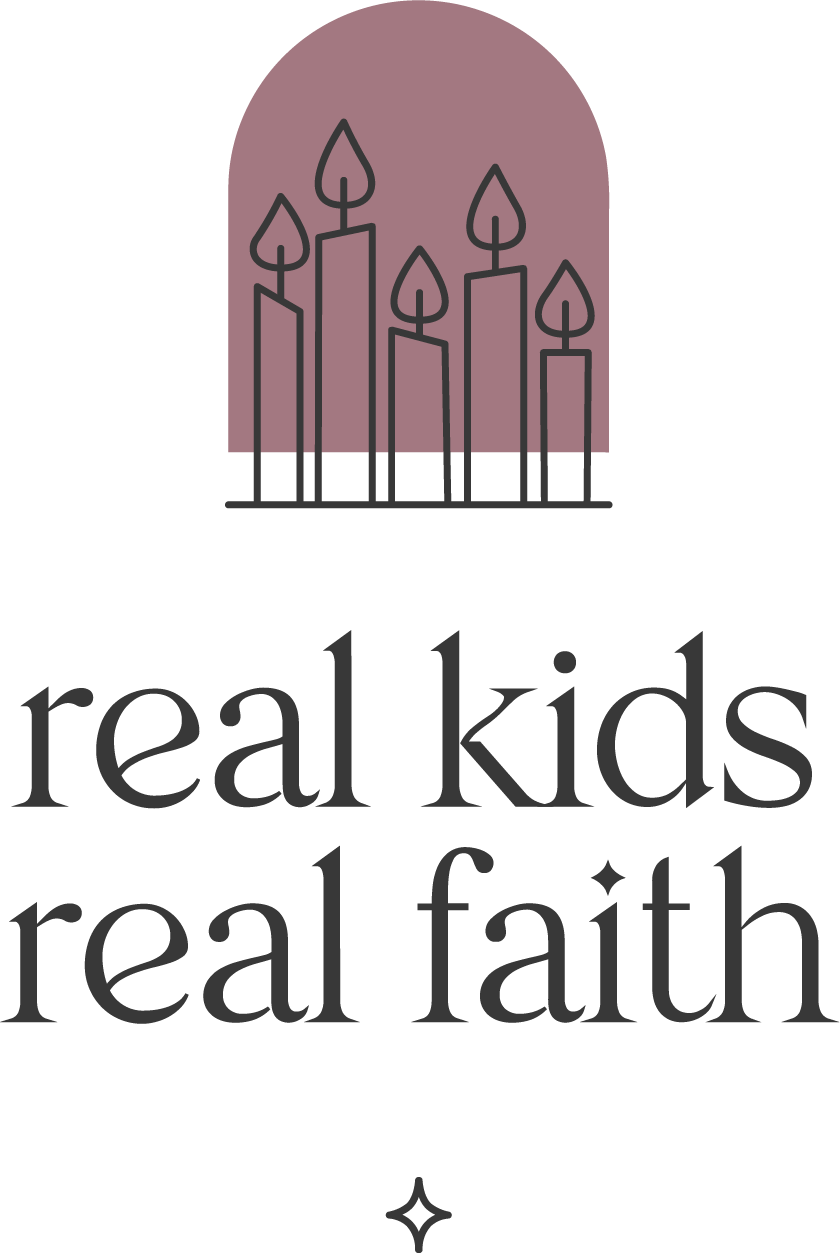“One for you, and one for me. Another for you, and another for me.” My son was counting out candies for himself and a friend. He continued until he was down to a single, leftover piece, which he set aside for later. He didn’t want to mess up the exact division of goodies he had in mind.
If you give a child four cookies and ask them to share, studies show that they will likely give two of the four cookies away and keep the other half for themselves. It seems that kids tend to equate sharing with equity. They believe that dividing something equally between themselves and others is fair.
Researchers have been surprised at how difficult it is to move most children beyond a 50-50 split. They speculate that kids may be protecting themselves: they don’t want others to have an unfair advantage over them. They envision a level playing field if everyone has the same amount, and worry that someone could take advantage of them if they have more.
The way children think about generosity also shifts with age. Young children are particularly uncomfortable with the idea that someone might have more than they have. Older children are also uncomfortable with the idea that they might have more than they deserve. They are particularly likely to share equally even when there is no adult around to witness their generosity.
Another positive shift occurs as kids get older. Around the age of eight, they realize that equitable sharing will win them social brownie points. This means that they are often even more scrupulous about dividing resources equally if other people are watching. They want to build a reputation as someone who is generous.
Older children also recognize that why they share something matters. If they are acting generous because a parent or caregiver told them to share, they know their actions are less virtuous than if they initiate sharing on their own. They begin to understand, however, that when a recipient isn’t aware of the coercion, that person will see the act as generous. Some children, then, will share out of obligation because they hope to reap the social rewards of being generous despite their reluctance.
Faking genuine generosity isn’t necessarily all bad. When children imagine that sharing will have a positive effect – even in a self-interested way – they begin to feel empowered to make a difference in the world. Being generous reinforces a positive sense of agency and builds confidence in their interpersonal skills. A child who is just ‘going through the motions’ often discovers that they actually want to share once they receive affirmation from others.
Cultural norms also matter. More communal societies have greater success in teaching kids to go beyond 50 percent. Some studies have shown that children in such cultures who are five or older will give away almost all their candy if that’s what they see adults doing. However, adult modeling doesn’t work as well in more individualistic societies. No matter how many pieces American parents give away, their children routinely max out their generosity at 50 percent.

Comments